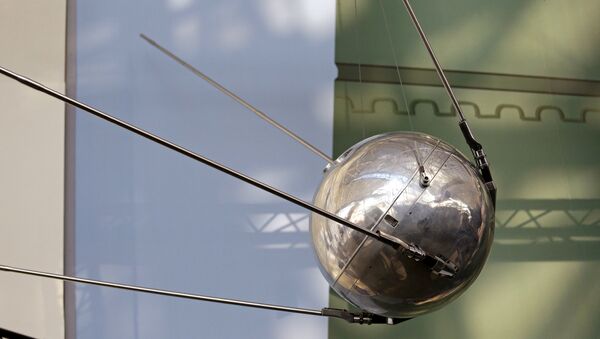By Roberto Battiston, president of the Italian Space Agency (ASI) — From the Oval Office of the White House to the Pentagon and from Congress to the hallowed halls of the State Department, that "beep," which repeated three times per second, was like an alarm bell announcing that Moscow had reached a strategic superiority. It was a constant reminder that Soviet intercontinental ballistic missiles could hit the United States as and when they wanted.
Washington's ruling class, aware of these implications, reacted cold-bloodedly. Dwight D. Eisenhower, the brilliant and diplomatic general who had defeated the Nazis, three days after the launch of Sputnik in a nationwide radio and television message on "Science in National Security" reassured Americans and Allies:
“It is my conviction, supported by trusted scientific and military advisers, that, although the Soviets are quite likely ahead in some missile and special areas, and are obviously ahead of us in satellite development, as of today the over-all military strength of the free world is distinctly greater than that of the communist countries.” With those words, Eisenhower underlined the importance of science — in this case, space research — in human activities, both security-related and knowledge-intensive, for creating new and useful services for society. Since October 4, 1957, history has taken another course.
It is ironic if we consider that the “space race” was a significant ingredient of the Cold War and that the stars served as one of the arenas for the political standoff between the United States and the Soviet Union. Today, one of the positive – albeit almost certainly not deliberate – results that we have inherited from that era is the fact that the launchpad from which Gagarin took off now launches astronauts of all nations, including America, into space. Thanks to the complex evolution of history, the space race, which was triggered by political and military considerations, has become a journey for men and women who work together to study space and what it can bring mankind as a whole.
For over fifteen years, this journey has been taking us to the ISS (International Space Station), the home of astronauts from different countries that are frequently in competition – not to say at variance – with one another here on earth; but 400km above the planet, at a speed of approximately 28,000kph, cooperation is crucial. Thus, the ISS is the symbol of globalization in space: a form of globalization that is at once cooperative and competitive, and that promises major economic returns.
A discussion and an effort that unlike sixty years ago sees together all of the world's most important space agencies: NASA, Roscosmos, ESA, CNSA, Jaxa, ASI, etc. A plan to build starting in 2030 a Cis-Lunar basis and then create a lunar base at the south pole. Outposts from which to launch the Red Planet in the '30s and' 40s. The changing space world has also been witnessed by the fact that Australia announced the formation of its space agency and that New Zealand has joined the International Astronautical Federation. That means new faces, new intelligence, new industries and new opportunities. A very positive fact that gives us hope for the future of science and space economics. Meanwhile, we celebrate and honor Sputnik, which in Russian means travel companion. The first of the many satellites that daily accompany the journey of our most beautiful and complex spaceship: the Earth.






